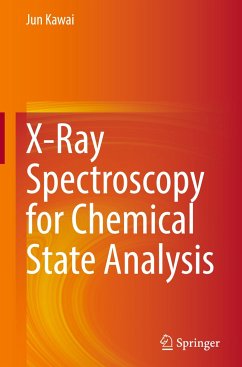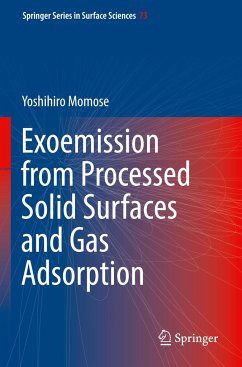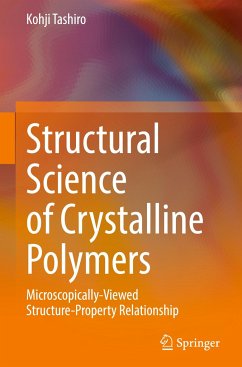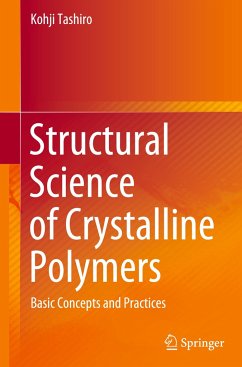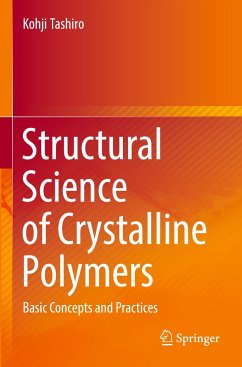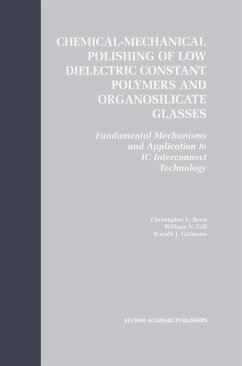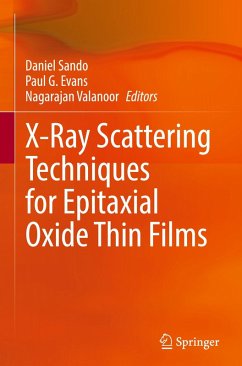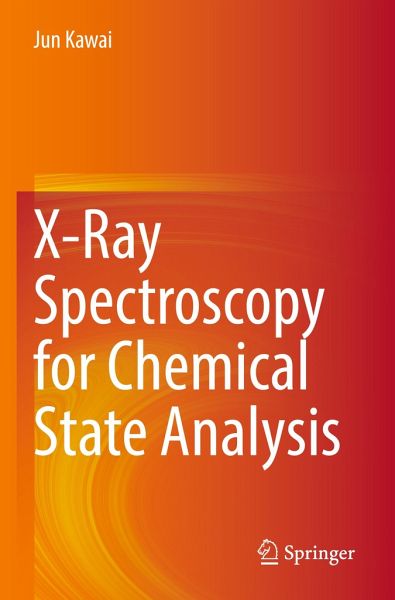
X-Ray Spectroscopy for Chemical State Analysis
Versandkostenfrei!
Versandfertig in 6-10 Tagen
129,99 €
inkl. MwSt.
Weitere Ausgaben:

PAYBACK Punkte
65 °P sammeln!
This book focuses on X-ray spectroscopy for chemical state analysis covering X-ray physics, spectroscopic characteristics used for functional and toxic materials, and the author's ideas related to X-ray experiments. This book also provides novel theoretical interpretations of X-ray spectra along with experimental techniques needed for both synchrotron radiation users and laboratory experimentalists. Presenting not only practical information, this book also covers basic knowledge of commercially available spectrometers and the basic physics of optics and electromagnetism related to X-rays. Furt...
This book focuses on X-ray spectroscopy for chemical state analysis covering X-ray physics, spectroscopic characteristics used for functional and toxic materials, and the author's ideas related to X-ray experiments. This book also provides novel theoretical interpretations of X-ray spectra along with experimental techniques needed for both synchrotron radiation users and laboratory experimentalists. Presenting not only practical information, this book also covers basic knowledge of commercially available spectrometers and the basic physics of optics and electromagnetism related to X-rays. Furthermore, the author introduces the forgotten history of X-ray physics in the beginning of twentieth century. This book is of use for researchers studying catalysts, charge-transfer materials, surface characterization, and toxic trace elements via X-ray spectroscopy for chemical state analysis as well as quantitative analysis.



